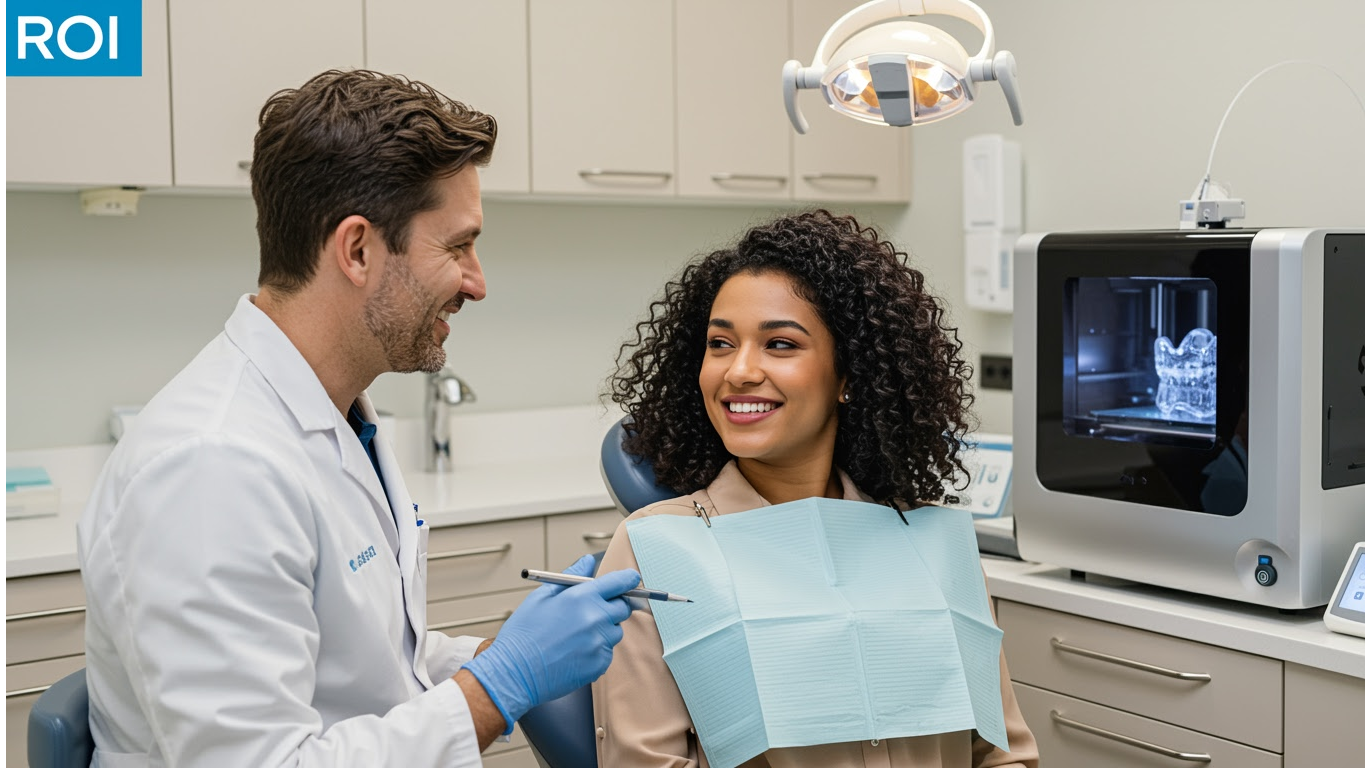
The Evolution of Dentistry: Embracing 3D Printing
3D printing technology has significantly transformed various industries, and dentistry is no exception. By utilizing digital scans, dental offices now have the capability to produce customized tools like crowns and dentures in-house. This innovation eliminates the need for lengthy processes of sending impressions to labs, ensuring that patients receive their treatments more efficiently.
Why 3D Printing Matters in Your Practice
As a dentist, embracing 3D printing could mean a fundamental shift in how you operate your practice. Not only can it result in dramatic cost savings—potentially up to thousands of dollars by cutting lab fees—but it also provides a significantly improved experience for your patients. In today's competitive dental landscape, standing out is essential, and offering faster service through 3D printing could be your edge.
Crunching the Numbers: Costs and Savings
Initial investments for 3D printing setups can range from $7,500 to $15,000, which might seem daunting at first. However, consider this: practices undertaking more than 15 restorative cases a month can see substantial returns on this investment. By printing restorations in-house, you avoid recurrent expenses associated with outsourcing, which can free up financial resources for other investments in your practice.
Speed and Efficiency: A Game Changer
One of the standout benefits of 3D printing in dentistry is the turnaround time. Dentists report that they can produce items 80–90% faster than traditional methods. This speed not only results in heightened efficiency within your practice but also leads to satisfied patients. Less time spent waiting for restorations means patients are more likely to return for future appointments.
Improving Comfort and Fit with Digital Impressions
Traditional impressions can often be uncomfortable for patients and can result in inaccuracies. Enter digital impressions, which are part and parcel of the 3D printing process. They enhance the fit and comfort of dental appliances, further reducing chair time for procedures. Patients are likely to appreciate this modern approach, encouraging them to trust and return to your practice.
Addressing Concerns: Is 3D Printing Right for Every Practice?
While larger practices may see the most immediate benefits from 3D printing, smaller ones shouldn’t shy away from exploring this technology. It allows for differentiation and the opportunity to expand service offerings. Whether you perform cosmetic work, restorative procedures, or provide nighttime guards, 3D printing technology can be adapted to meet various needs and preferences.
Looking Forward: The Future of Dentistry
There's no denying that the shift towards 3D printing is already happening. As more practices adopt this technology, those who hesitate could find themselves left behind in an increasingly competitive market. Understanding these trends is crucial for adapting your practice to meet patient needs effectively and ensuring sustainable growth.
Final Thoughts: Should You Join the 3D Printing Revolution?
In conclusion, the decision to incorporate 3D printing into your practice is one that can lead to efficient workflows, significant cost savings, and increased patient satisfaction. It's an investment not only in technology but in the overall trust and relationships between you and your patients. If you're looking to advance your practice and optimize operations, embracing this technology may well be the step forward you need.
Don’t just follow trends; set them. Transform your practice with 3D printing and watch your patient base grow!
 Add Row
Add Row  Add
Add 




Write A Comment